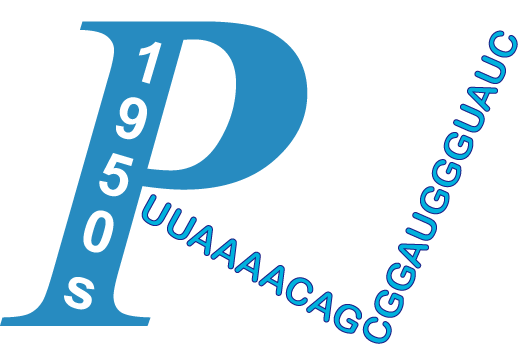| Title | Acute effects of different inspiratory resistive loading on heart rate variability in healthy elderly patients. | ||
| Author | Archiza, Bruno; Simoes, Rodrigo P; Mendes, Renata G; Fregonezi, Guilherme A F; Catai, Aparecida M; Borghi-Silva, Audrey | ||
| Journal | Braz J Phys Ther | Publication Year/Month | 2013-Jul-Aug |
| PMID | 23970114 | PMCID | -N/A- |
| Affiliation | 1.Universidade Federal de Sao Carlos, Laboratory of Cardiopulmonary Physical Therapy, Physical Therapy Department, Sao CarlosSP, Brazil. | ||
BACKGROUND: The cardiovascular system is noticeably affected by respiration. However, whether different inspiratory resistive loading intensities can influence autonomic heart rate (HR) modulation remains unclear. OBJECTIVE: The objective was to investigate HR modulation at three different inspiratory resistive loading intensities in healthy elderly men. METHOD: This was a prospective, randomized, double-blind study that evaluated 25 healthy elderly men. Cardiac autonomic modulation was assessed using heart rate variability (HRV) indices. All of the volunteers underwent maximal inspiratory pressure (MIP) measurements according to standardized pulmonary function measurements. Three randomly-applied inspiratory resistive loading (30, 60 and 80% of MIP) intensities were then applied using an inspiratory resistance device (POWERbreathe, Southam, UK), during which the volunteers were asked to inhale for 2 seconds and exhale for 3 seconds and complete 12 breaths per minute. Each effort level was performed for 4 minutes, and HR and the distance between 2 subsequent R waves of electrocardiogram (R-R intervals) were collected at rest and at each intensity for further HRV analysis. RESULTS: The parasympathetic HRV (rMSSD, SD1 and HF) indices demonstrated lower values at 80% (rMSSD: 19+/-2 ms, SD1: 13+/-2 ms and HF: 228+/-61 ms2) than at 30% MIP (rMSSD: 25+/-3 ms, SD1: 18+/-2 ms and HF: 447+/-95 ms2; p<0.05). CONCLUSIONS: Lower inspiratory resistive loading intensities promoted a marked and positive improvement of parasympathetic sinus node modulation.
